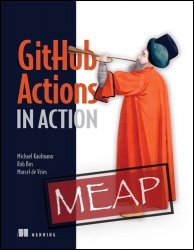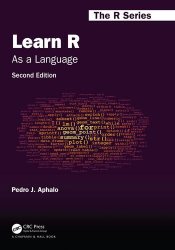- Добавил: literator
- Дата: 10-04-2024, 00:58
- Комментариев: 0
 Название: Learn Go with Pocket-Sized Projects (MEAP v7)
Название: Learn Go with Pocket-Sized Projects (MEAP v7)Автор: Alienor Latour, Donia Chaiehloudj, Pascal Bertrand
Издательство: Manning Publications
Год: 2024
Страниц: 487
Язык: английский
Формат: pdf, epub
Размер: 10.1 MB
These small Go projects will build big Go skills! Learn hands-on as you build 11 engaging applications. Learn Go with Pocket-Sized Projects teaches you to write professional-level Go code by creating handy tools and fun apps. Each small, self-contained project introduces important practical skills, including ensuring that your code is thoroughly tested and documented! You’ll make architectural decisions for your projects and organize your code in a maintainable way. Everything you learn is easy to scale-up to full-size Go applications. Go delivers the low-level power of system languages like C and Rust with developer-friendly features like garbage collection and a powerful standard library. Millions of programmers choose Go because it speeds up program construction, streamlines dependency management, and makes complex code simple to write, read, and maintain. This book is for developers who want to learn the language in a fun and interactive way, and be comfortable enough to use it professionally. Each chapter is an independent pocket-sized project. The book covers the specificities of the language, such as implicit interfaces and how they help in test design. Testing the code is included throughout the book. We want to help the reader become a good modern software developer while using the Go language. This book also contains tutorials for command-line interfaces, and for both REST and gRPC microservices, showing how the language is great for cloud computing. It finishes with a project that uses TinyGo, the compiler for embedded systems.

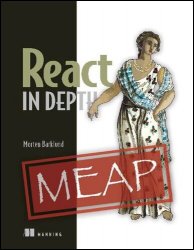
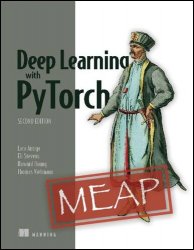


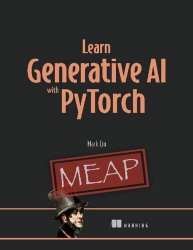
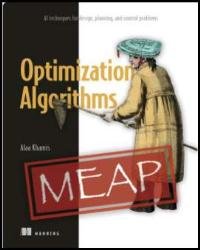 Название: Optimization Algorithms (MEAP v12)
Название: Optimization Algorithms (MEAP v12)